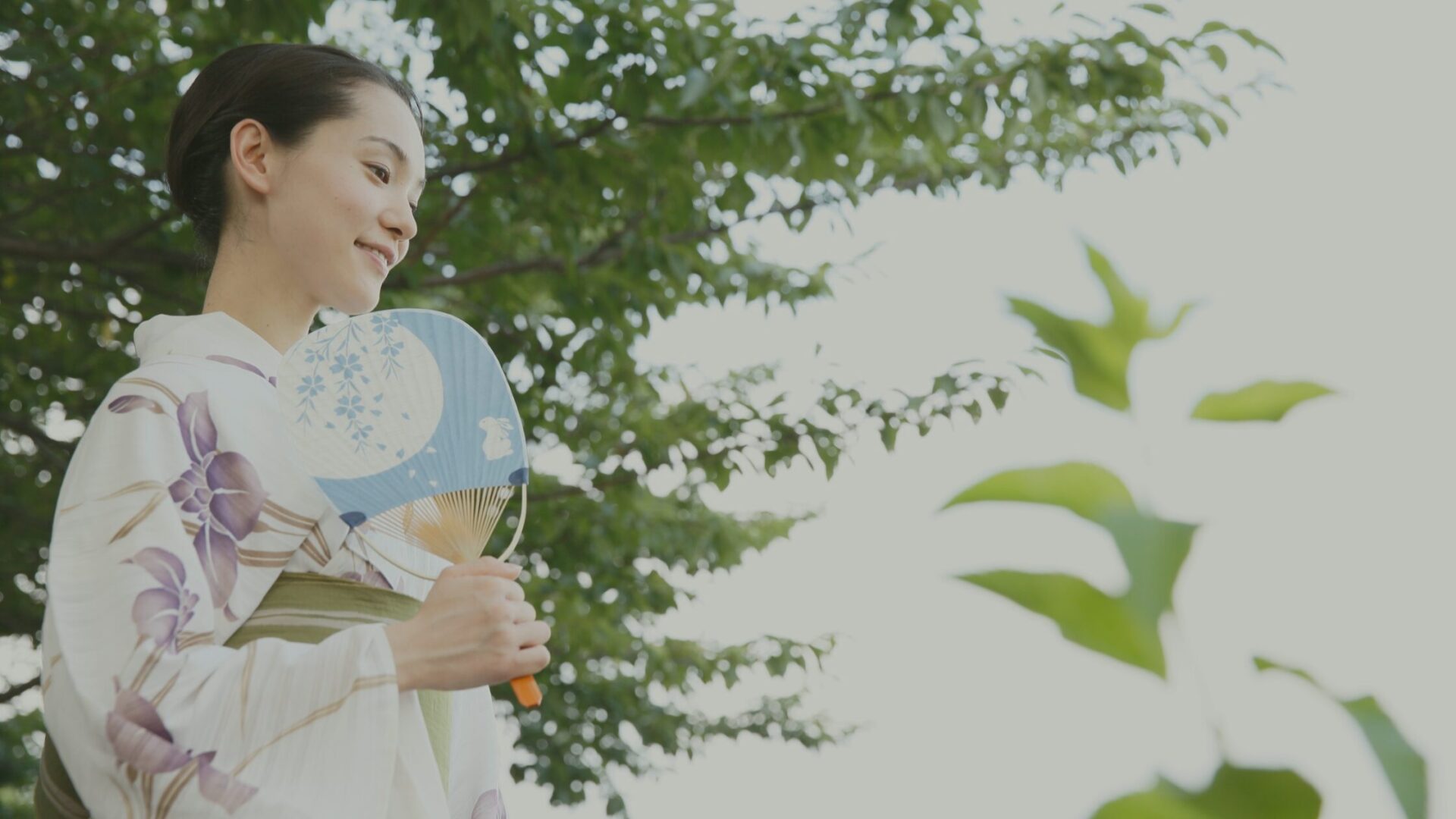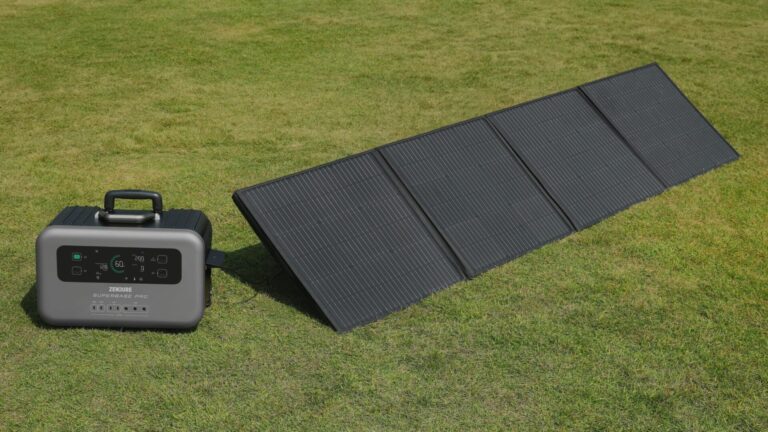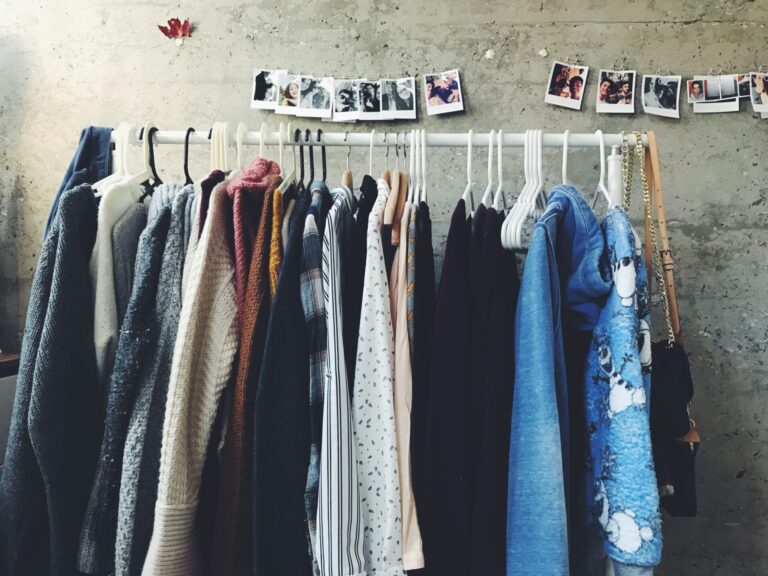Yukata, beloved as a symbol of summer in Japan, embodies the ideals of modern sustainable fashion in this beautiful traditional garment. Let’s explore the appeal of yukata, which successfully balances environmental consciousness with the preservation of traditional culture.
Why Yukata is Sustainable
Natural Materials: Gentle on the Environment
Most yukata are made from natural materials like cotton, linen, and silk. While polyester versions exist today, traditional yukata have always used materials sourced from nature.
Natural materials are biodegradable and have a smaller environmental footprint compared to synthetic fibers. Cotton offers excellent skin comfort and moisture absorption, linen provides superior breathability to help beat the summer heat, and silk adds elegant luster and smooth texture, perfect for special occasions.
Traditional Garments Made to Last and Fit Any Body Shape
The greatest feature of yukata lies in their design. Because they’re sewn flat, they can flexibly accommodate changes in height and body shape. The generous sizing means you can adjust and wear them even with minor body changes, without needing alterations.
When passing yukata to others, the flat design allows for easy adjustments to body length and sleeve length through alterations. This flexibility means a single yukata can be worn for years, sometimes even across generations.
Preserving Regional Crafts and Culture
Kimono and yukata are symbols of Japanese traditional culture. Choosing and wearing yukata supports region-specific traditional techniques including weaving, dyeing, and sewing. Contributing to the preservation of artisan skills and the development of local industries while protecting cultural diversity is a crucial element of building a sustainable society.
How to Choose Sustainable Yukata
Focus on Sustainable Materials
When choosing environmentally conscious yukata, start by examining the materials. Natural materials like cotton, linen, and silk prevent microplastic pollution during washing. Organic cotton, grown without pesticides or chemical fertilizers, significantly reduces environmental impact during production. Choosing yukata made from recycled fibers also contributes to plastic waste reduction.
Consider Made-in-Japan
For yukata selection, Japanese-made options are recommended. Choosing domestically produced yukata directly contributes to preserving traditional culture and techniques. Domestic products have shorter transportation distances (if you live in Japan), reducing carbon footprints. Supporting domestic artisans and factories also helps with skill preservation and job creation.
Choose Designs and Construction for Longevity
Select Classic Patterns
Classic designs featuring chrysanthemums, camellias, goldfish, and peonies are timeless favorites. These patterns can be worn for years without being affected by fashion trends.
Choose Subdued Colors and Patterns
Traditional colors like navy and black, or deep nuanced colors, never become tiresome over long periods. Simple, elegant color schemes remain stylish as you age.
Select Proper Sizing
The ideal yukata body length should match your height. For free-size yukata, staying within ±10cm of your height allows for beautiful adjustment with the ohashori fold.
Choose Easy-Care Materials
Cotton materials offer good skin feel and are easy to wash at home, making them highly recommended. Selecting materials that are easy to care for ensures long-term use.
Consider Obi Coordination
Simple-patterned yukata coordinate well with various obi, expanding your styling options. Since obi color and pattern dramatically change a yukata’s impression, this versatility doubles your outfit possibilities.
Tips for Long-lasting Yukata Care
Proper Care Methods (Washing and Storage)
After-Wear Care
After removing your yukata, immediately hang it on a hanger and air-dry in shade. This removes moisture and prevents mold and insect damage.
Checking and Treating Stains
While hanging, inspect the entire garment for stains or spots. Water-soluble stains can be spot-treated with water washing. For oil-based stains like foundation, use a small amount of laundry detergent for gentle spot cleaning.
Hem Stain Prevention
For mud or dust stains on the hem, first remove debris with a towel, then wipe with water. Remove dust carefully with a clothing brush.
Sweat Treatment
Focus on areas where you perspired, using a spray bottle or damp towel to lightly moisten the fabric. Hanging overnight allows water and sweat stains to be removed together.
Handling Premium Materials
For high-quality yukata like silk crepe, use a tightly wrung damp towel. When handling is difficult, professional dry cleaning is recommended.
Footwear Care
Clean geta and other footwear after use with a tightly wrung damp towel to maintain cleanliness.
End-of-Season Storage
When summer ends, wash your yukata before storing. Cotton yukata can be machine-washed in a laundry net, but hand washing or dry cleaning is safer if you’re concerned. For materials prone to shrinking, dry cleaning is recommended.
Repairs and Alterations for Extended Use
Small tears, stains, and loose threads can be repaired at kimono shops. Simple repairs can also be done yourself. Regular maintenance significantly extends a yukata’s lifespan.
Upcycling Ideas for Unworn Yukata
Yukata that no longer fit or suit your taste can be remade into Western clothing, accessories, and small items. The rectangular shape of yukata makes them ideal for various upcycling projects, giving them new life. With creativity, they can become eco-bags, drawstring pouches, hair accessories, and other wonderful items.
Sustainable Yukata Brands and Accessories
Japanese-Made Brands
Nihonbashi Haibara Japanese-Made Women’s Yukata
Key Features
- Made in Japan
- Traditional chiyogami patterns and Japanese designs
This yukata comes from Haibara, a long-established Nihonbashi shop with over 200 years of history, famous for Japanese paper. Chiyogami patterns and Japanese designs are created on high-quality cotton fabric made in Japan. This premium yukata for mature women showcases the classical sensibility of a long-established store, bringing out adult charm and elegance.
SHOP
Shop at Kyoto Kimono YuzenNagomiya Women’s Yukata – Japanese-Made Sankatsu-zome
Key Features:
- Made in Japan
- Created using traditional techniques
This yukata is made using the traditional Sankatsu-zome technique, a long-board middle-form hon-zome (authentic dyeing) method dating from the Edo period. The hand-dyeing process using chu-sen and long-board techniques applies the Sankatsu-zome mark to gourd patterns. Many of the Sankatsu-zome designs and stencils use “Ise katagami” carved in Suzuka City, Mie Prefecture. Each leaf vein is carved with varying intensity, creating delicate natural scenes through stenciling and dyeing. Gourds have long been cherished as symbols of good fortune, prosperity, and business success. The special weave creates a translucent, cooling effect.
Awa Shijira Cotton Kimono Yukata Ready-to-Wear Stripes
Key Features:
- Made in Japan
- Received official designation as a traditional craft
- Machine washable
This yukata features “Awa Shojira Indigo Weave,” which received official designation as a traditional craft by the Ministry of International Trade and Industry. The characteristic texture and beauty of Awa shijira weave, with its distinctive “shibo” (textured surface), provides a smooth, light, and cool wearing experience. Called suitable summer wear, the shibo’s raised texture prevents the fabric from sticking to skin even in midsummer, creating a cool, refreshing appearance. It’s also machine washable at home.
Vintage Yukata and Secondhand Options
Heiwaya Kimono Reused Yukata with Floral Patterns
Key Features:
- Reused yukata
Heiwaya, celebrating its 10th anniversary, has supported Japan’s traditional kimono culture. Under the philosophy of “creating new peace through the power of reuse,” they develop sustainable businesses that value environmental consideration and community contribution. Using vintage yukata simultaneously achieves waste reduction and cultural value preservation.
Stylish Yukata Accessories
Mizutori’s Modern Geta
Key Features:
- Sustainable forest sourcing
- Contributes to regional revitalization
- Preserves traditional culture
Mizutori evolves the traditional Japanese footwear geta to match contemporary lifestyles and sensibilities. The wood used in their geta comes from sustainably managed forests where planting and harvesting are controlled, protecting forest ecosystems through planned harvesting and replanting. To preserve and utilize regional resources, they actively use thinned hinoki cypress from local Shizuoka, allowing enjoyment of natural wood grain and color. By outsourcing painting, wood processing, printing, and other processes to specialists, they contribute to preserving local industry techniques and regional revitalization through economic circulation. While protecting traditional footwear culture, they contribute to promoting Japan’s craftsmanship culture by creating new geta designs.
SHOP
Official websiteMen’s Jinbei
Kimonomachi Men’s 3-Piece Yukata Set
Key Features:
- Uses recycled fibers
- High breathability and moisture absorption
This men’s yukata contributes to SDGs using sustainable recycled fiber fabric. The shijira fabric combines cotton and polyester, both using recycled yarn from production waste. By utilizing waste yarn that would previously have been incinerated, they effectively use resources and reduce CO2 emissions. The cotton-polyester summer material maintains cool comfort with good breathability and high moisture absorption, keeping you dry and comfortable even when sweating.
Beginner-Friendly Guide to Wearing Yukata
Step-by-Step Dressing Guide
- Put on the yukata: Put on the yukata, aligning the back seam with your body’s center.
- Align the upper front: First fit the right side collar to your body, wrapping it around your left hip.
- Align the lower front: Wrap the left side collar around your right hip, ensuring the left side is on top.
- Tie the waist cord: Before tying the obi, secure the yukata with a waist cord.
- Tie the obi: Tie the obi and create the obi knot. For women, tying the obi in a bow at the back is standard.
- Adjust the collar (women): Women should slightly pull out the back collar for a clean neckline appearance.
Important Points:
- Right over left: Always wear yukata right-side-over-left.
- Hem length: The hem should just hide your ankles for an elegant look.
- Collar alignment: The collar should show just a bit of the neck base for an refined appearance.
- Obi: Tie the obi firmly to prevent the outfit from coming undone.
Essential Items and How to Gather Them
Here are the necessary items for beautifully wearing yukata:
- Yukata
- Obi (sash)
- Geta (wooden sandals)
- 2 waist cords (one for waist, one for chest)
- Date-jime (under-sash)
- Yukata undergarments
- Front obi board
- Kōrin belt
- Kimono clips (for temporarily securing the obi during tying)
- Bag
Gathering these items will help you achieve a beautiful yukata appearance.
Conclusion
Yukata embodies the ideals of sustainable fashion through environmentally friendly natural materials, durable construction, and preservation of traditional techniques. Through appropriate material selection, careful maintenance, and creative upcycling, you can use a single yukata for many years.
This summer, why not experience Japan’s beautiful culture while enjoying environmentally conscious fashion with sustainable yukata? In the harmony between tradition and modernity, you can take a step toward a sustainable future. Through yukata, let’s spend an earth-friendly, culturally rich summer.












